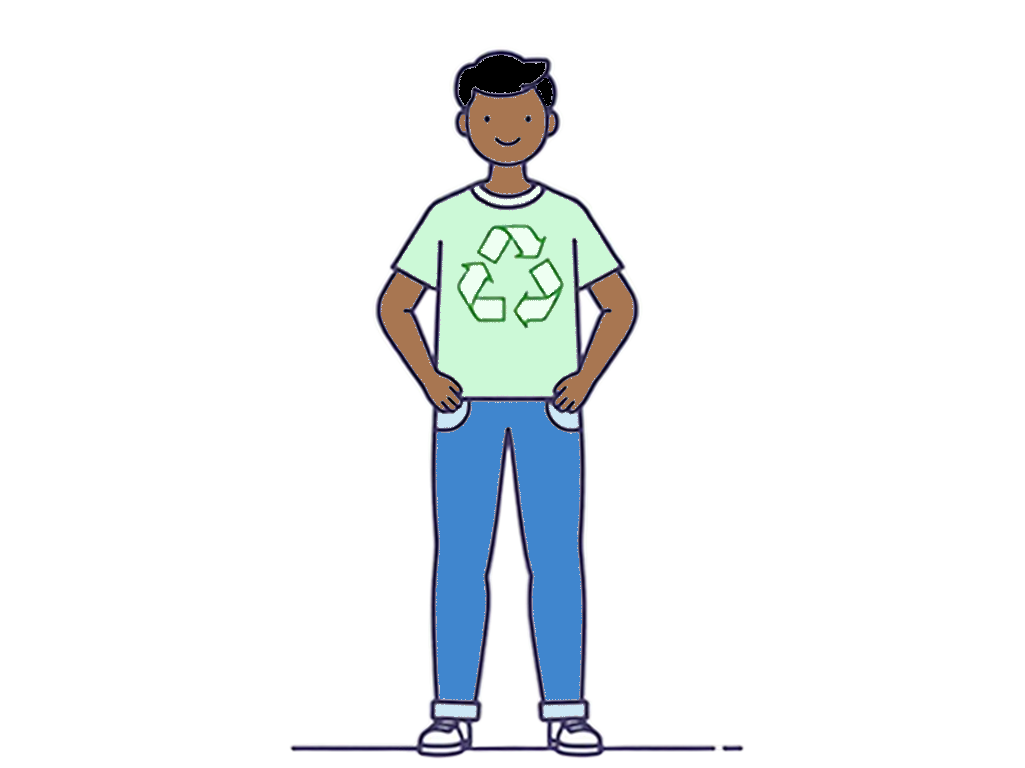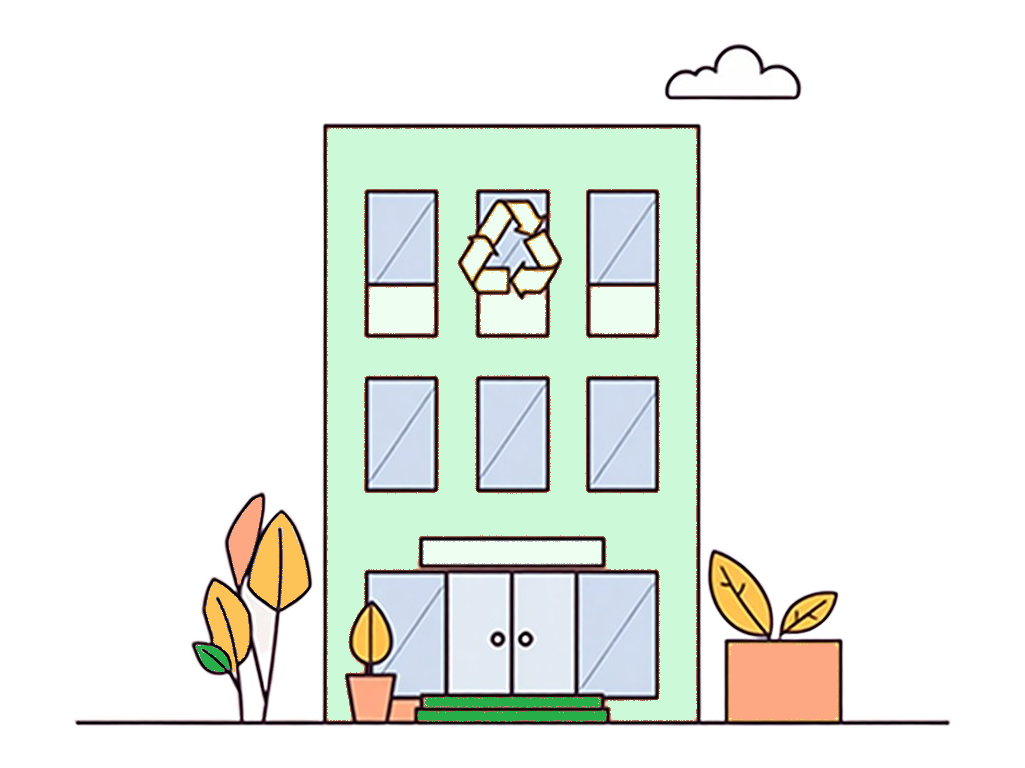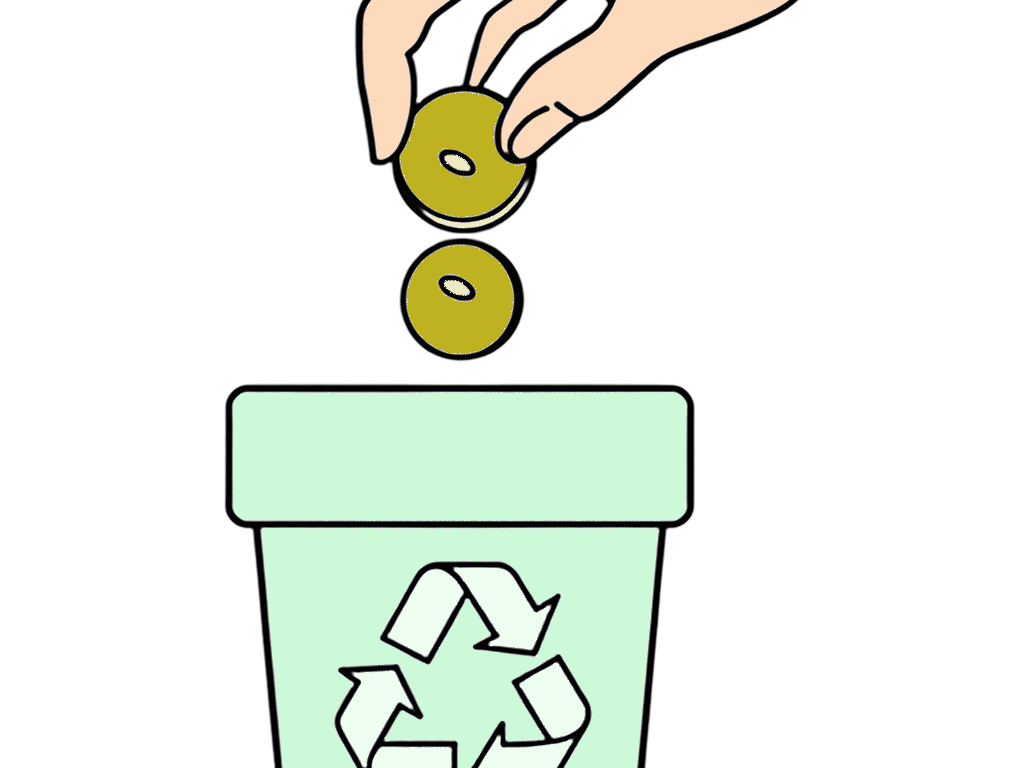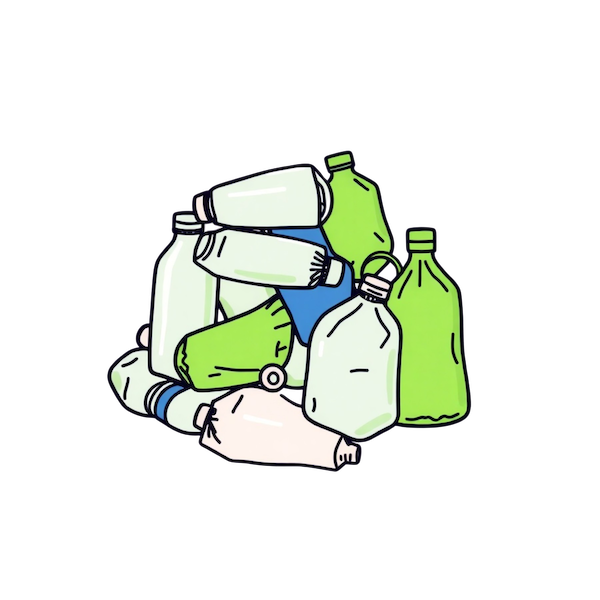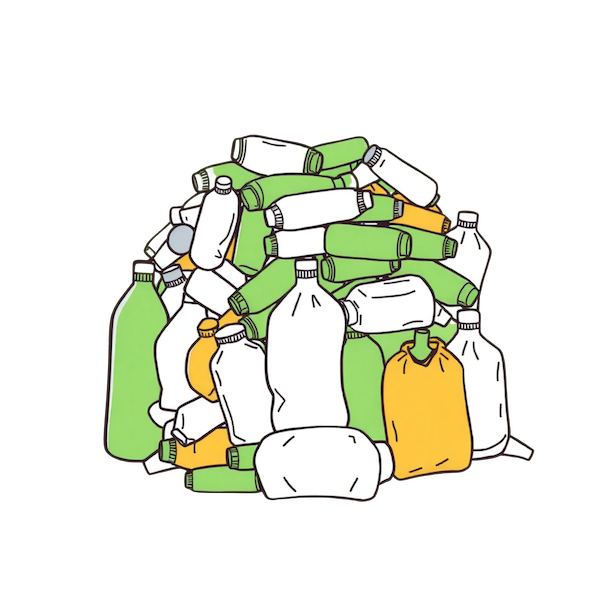Plastic Credits 101: Complete Guide to Offsetting Plastic Footprint
The Ultimate Guide to Plastic Credits
Table of Contents
Introduction
In 2023 alone, over 400 million tons of plastic were produced, with less than 10% being recycled (plasticseurope.org). The remaining waste clogs landfills, pollutes waterways, and harms wildlife. While reducing plastic use is crucial, it isn’t enough. That’s where plastic credits come in—a market-driven tool that funds plastic waste recovery while promoting a circular economy.
From startups to Fortune 500 companies, organizations are leveraging plastic credits to take action against plastic pollution. These collaboration enables companies to offset the plastic waste generated by its packaging, contributing to environmental sustainability.
Key Takeaways:
-
Plastic credits are measurable, traceable, and verifiable units representing recovered plastic waste.
-
They provide a market-based solution to fund plastic collection and recycling efforts.
-
Businesses and individuals can offset their plastic footprint and contribute to sustainability.
-
Transparency and verification are crucial for the credibility of plastic credits.
What Are Plastic Credits?
Plastic credits function similarly to carbon credits. A plastic credit represents the collection and proper disposal of a specific amount of plastic waste.
Plastic Credits vs. Carbon Credits
| Feature | Plastic Credits | Carbon Credits |
|---|---|---|
| Purpose | Funds plastic waste recovery | Offsets carbon emissions |
| Market Maturity | Emerging | Established |
| Regulatory Framework | Evolving | Well-regulated |
How Plastic Credits Differ from Other Sustainability Solutions
-
Unlike carbon credits, which prevent future emissions, plastic credits focus on removing existing waste.
-
Unlike recycling programs, plastic credits provide monetary incentives to ensure waste recovery occurs at scale.
How Plastic Credits Work
Plastic credits move through a structured lifecycle to ensure accountability:
-
Collection: Waste is gathered by waste pickers, cleanup programs, and recycling facilities.
-
Processing: The collected waste is sorted and directed for recycling or proper disposal.
-
Verification: Independent auditors confirm the waste was appropriately processed.
-
Issuance: Credits are issued based on the volume of plastic recovered.
-
Purchase & Retirement: Companies buy credits to offset their plastic footprint.
Benefits of Plastic Credits
1. Tackling Plastic Pollution
-
Reduces the amount of plastic waste entering oceans, rivers, and landfills.
-
Incentivizes proper collection and processing.
2. Funding Waste Management Solutions
-
Provides financial resources for underdeveloped regions to manage waste effectively.
3. Helping Businesses Meet Sustainability Goals
-
Companies can mitigate their environmental impact without overhauling entire supply chains.
Challenges and Misconceptions
Greenwashing Concerns
-
Some businesses may purchase plastic credits without actively reducing plastic use. Best practice: Combine plastic credits with tangible plastic reduction strategies.
How Businesses and Individuals Can Participate
Businesses
✅ Conduct a plastic footprint assessment.
✅ Purchase plastic credits to offset plastic usage.
✅ Implement sustainable packaging alternatives alongside credits.
Individuals
✅ Reduce personal plastic consumption.
✅ Support brands that invest in plastic credit programs.
✅ Fund cleanup projects directly.
Verification and Transparency
Plastic credits must be measurable, additional, and verifiable to maintain credibility.
🔹 Blockchain technology ensures full traceability.
🔹 Third-party audits validate credits.
🔹 Standards to ensure compliance.
Future of Plastic Credits
-
Regulatory Growth: EU Circular Economy Action Plan, EPR laws.
-
Technology Integration: AI and automation for credit verification.
-
Market Expansion: Rising demand will affect pricing.
FAQs
- Q: How do plastic credits compare to plastic offsets?
- A: Plastic credits focus on waste recovery, while offsets prevent future plastic use.
- Q: What regulations govern plastic credits?
- A: Standards include Verra, PCX, and EPR laws.
Take Action: Offset Your Plastic Footprint Today
Plastic credits are a powerful tool in the fight against plastic pollution. But they work best when combined with reduction strategies and a commitment to sustainability.
Build a Transparent,
Circular Supply Chain
See how Empower helps you track, verify, and optimize your material flows.
Schedule a DemoYou May Also Like
These Related Stories

How Community-Led Cleanups Are Transforming the Fight Against Plastic Waste
The Power of Local Action in a Global Crisis Plastic waste is more than just an environmental issue—it’s a global crisis …
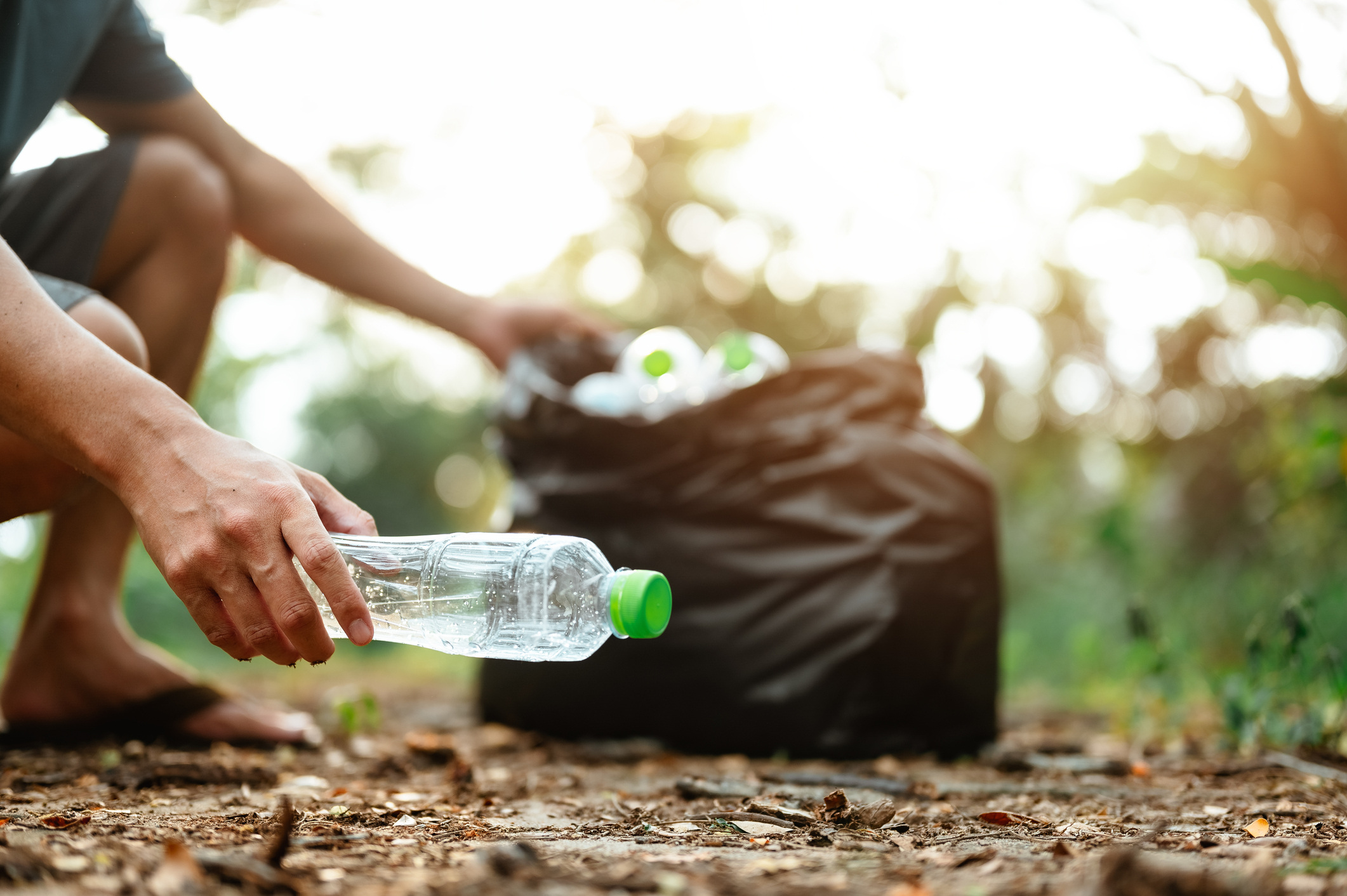
Becoming Plastic Positive: The Business Advantage of a Sustainable Future
Why Plastic Positive Matters Now More Than Ever Plastic waste is no longer just an environmental issue—it is a business …
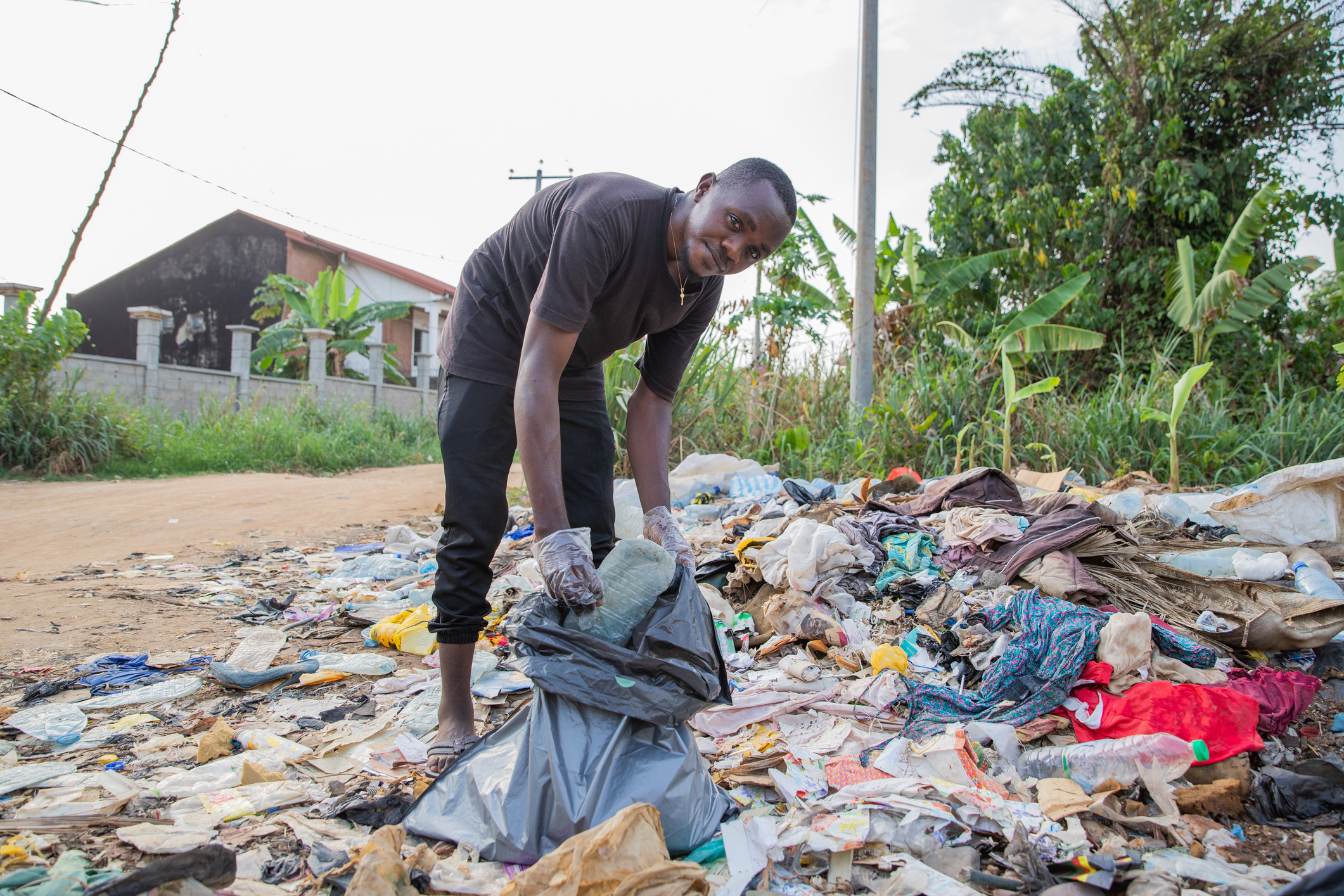
Material Traceability: A Game Changer for Waste Collectors
Why Traceability is Transforming Waste Collection Waste collectors are the backbone of waste management, yet they often …
